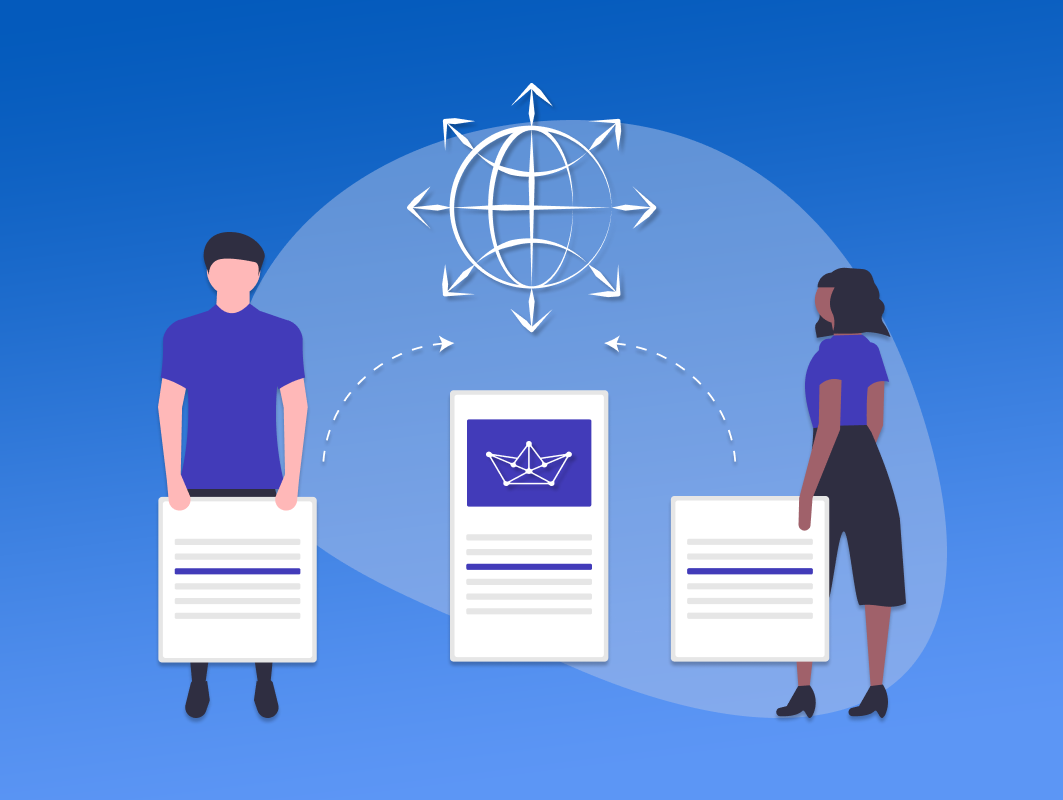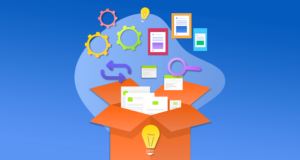4 Quicks Tips to Improve Your Data Visualization
Data visualization is an integral part of consulting slide decks. As a consultant, you’re going to have to deal with a lot of numbers. However, your main task is to explain what those numbers mean and what actions should be taken.
You don’t necessarily need to be a data visualization consultant to be competent at presenting data. Even if you’re a strategy consultant or an operations consultant, you can learn how to tell data stories through visualization.
In this article, you will receive helpful guidance on how to turn boring numbers into interesting graphs and charts. This will make your consulting slide decks interesting. Once you have that knowledge, no one can stop you from wowing your clients .
1. Keep Your Audience in Mind
It’s not difficult for top-tier consultants to collect large quantities of data, analyze it, and offer recommendations. However, for a middle manager or busy C-suite executive, lots of numbers in one place may seem like a nightmare.
So when you, as a consultant, present data visually in slides, think about your audience first. Your consulting slide decks shouldn’t contain complex visual representations of data. Try and stick to the basic visuals, such as pie charts, bar graphs, etc. The key here is to use basic visuals skillfully (which we’ll discuss in detail later), even if you’re capable of using advanced data visualizations.
So, the next time you’re creating data visualizations in a presentation, and you’re tempted to make it complex, just ask yourself this question: Will the client understand this? If the answer’s no, you already know what to do. The bottom line is: keep it simple yet detailed.
2. Choose the Right Visuals for Data Visualization
We all learn some basic visuals in school, and even if most of us don’t use them regularly, it’s easier to grasp something that we have learned in childhood. So, let’s discuss some visuals that will work wonders in consulting slide decks despite being basic.
- Pie charts: Who wants the biggest slice of the pie? Jokes aside, pie charts are a great tool to depict statistical proportions. Even though one cannot use pie charts to illustrate changes in proportions over time, they’re still excellent to present proportions in a visual manner.
- Bar graphs: If you want to compare elements that belong to two distinct groups or measure changes over time, then bar graphs may be the best tool to use. You can also use similar charts, such as stacked bar charts or line charts, depending on the type of data you want to present.
- Scatter plots charts and bubble charts: These ones are very useful when you want to emphasize patterns or a lack of patterns instead of numbers. For instance, if you want to visually present the countries with the highest vaccination rates, you can use either of these charts to enable the viewer to grasp key data trends instantly.
- Colors: Another way to empower your clients is to interpret data quickly by using the right colors in the right places. For example, if you want to present profitable and risky markets for foreign expansion on a chart, you could use green color for the good markets and red for the risky ones.
3. Take a Look at Data Visualization Examples
Before you start working on your consulting slide deck, you should spend a few minutes looking at data visualization examples for inspiration. Preferably the ones that are created by data visualization consultants. These could be an experienced consultant’s previous projects or presentations by another top-tier consulting firm. This practice can be really helpful, especially if you’re in a junior position.

If you create data visualizations yourself or with the same team, your perspective may become very narrow and you may end up using the same types of visuals instead of exploring further possibilities. Remember, collecting data is science, but converting that data into a story through data visualization is an art. And as an artist, you should always look forward to finding inspiration through other sources, which, in this case, are data visualization examples from top consultants.
4. Tell a Story, Don’t Just Add Numbers and Charts
Data stories are a combination of data, visuals, and a narrative. Don’t just show numbers, tell clients what they mean through visualization and what actions they should take to achieve their goals based on the data.
For example, you could use a bubble chart on a map with different bubble sizes to show which EU countries have the highest and lowest total wealth in billions. The larger the bubble, the higher the wealth; the smaller the bubble, the lower the wealth.
Presenting data in such a way can help you tell stories efficiently. Here’s how:
- Countries in western Europe tend to be wealthier than eastern European countries.
- Generally, most neighboring countries tend to have the same amount of wealth.
- The amount of wealth in the Scandinavian region is more than that of eastern Europe but less than that of western Europe.
Do you see the difference? This is the reason why the data in your consulting slide decks should tell a story. Numbers are boring and don’t mean anything until you tell your clients their significance through stories.
In conclusion, data visualization is not difficult, however, it requires a bit of creativity and inspiration. See it as a form of art, and you will be able to create the best data visualizations in the industry. Remember, data visualization is what turns a bunch of numbers into meaningful and actionable insights. So, try your best to hone this skill.



